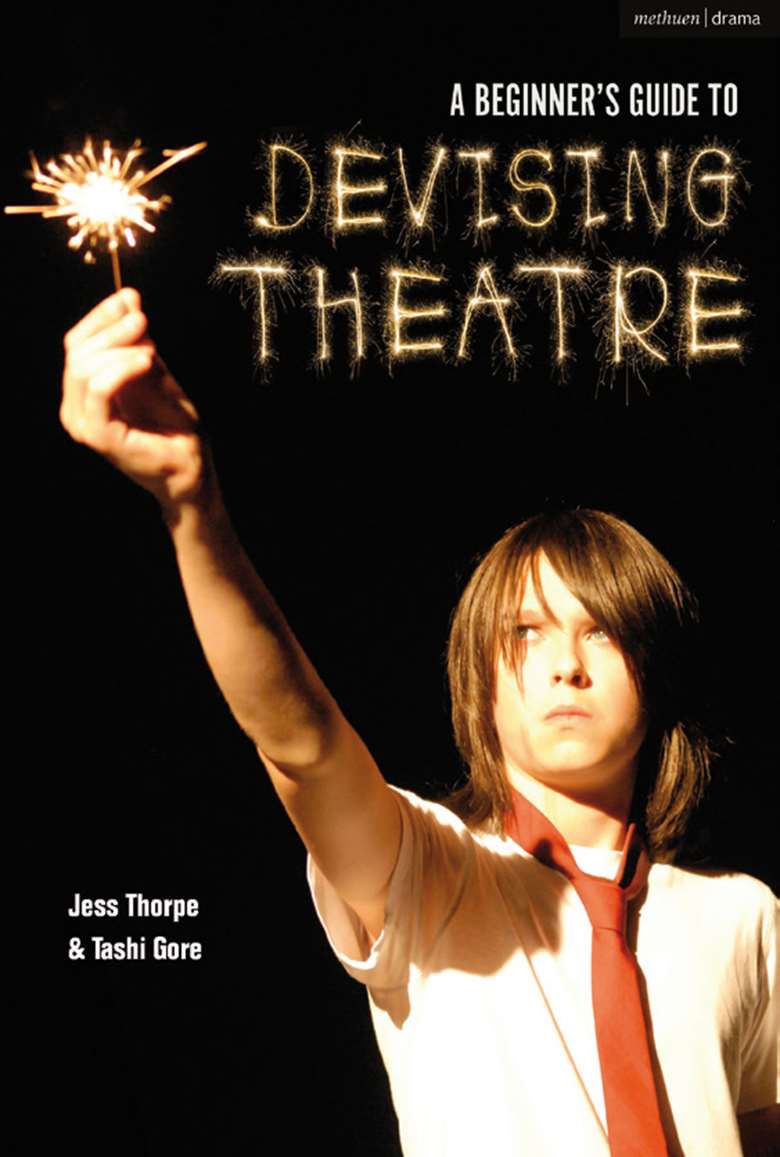A six-session introduction to devising – making a solo performance
Tashi Gore, Jess Thorpe, Rhianna Elsden
Monday, March 1, 2021
Rhianna Elsden reviews 'Making a solo performance' - a six-session introduction to devising.

The teaching of creative and practical subjects, such as Drama, has been especially difficult to adapt to Covid restrictions and online platforms. Talking to Drama teachers, and being one myself, it is the collaboration and the devising elements and understanding that have perhaps suffered and been restricted the most.
There have been many good sites and resources offered to help with this that work well in classrooms or remotely, and this free to download A six-session introduction to devising – making a solo performance resource is another.
It is written by Tashi Gore and Jess Thorpe, artistic directors of the award-winning young people's performance company Junction 25, and it takes ideas and format from their book A Beginner's Guide to Devising Theatre. The book is aimed at those new to devising or wanting to further develop their skills. It explores creative ways to make original theatre from a contemporary stimulus.
In the free resource, there are extracts from the book which offer wider thinking and reflections for a teacher or a student and explain how the activities have been used by Junction 25 to create their own work. The style of the extracts really gives a sense of Gore and Thorpe as artists, as well as serving to inspire the devising.
The resource will allow for the remote creation of an original solo piece and has accounted for the learning classroom situation (and perhaps tight and shared home-working environments).
At the end of each session there is an indication of how the devised material could be shared with others (making points about safeguarding and doing so appropriately). While it is targeted at remote or independent working, it could easily be adapted back to the classroom as a mini scheme, and you could get students to add their strings of devised material together to collaborate.
The emphasis is really to make the student consider their own stories and perspectives. It takes the student through a variety of different devising strategies leading them to develop four separate elements which they can then layer if that becomes the objective.
I wouldn't say there is anything ground-breaking in the resource, but anything that gives teachers and students inspiration on how to devise is always welcome, and even better: it's free!
View the resource here.

